

More than 8000 complex vitreoretinal surgeries and trained 22 vitreoretinal fellows.
Dr. Pal not only practices evidence based medicine, but is also a major contributor to various international journals. He has over 30 published articles in the field of Retina and is also a reviewer of 2 international journals viz. Clinical and experimental ophthalmology and Ophthalmic Surgery Lasers and Imaging.
Though Dr. Pal is very proficient in all types of Ophthalmic surgeries, his areas of expertise are Retinopathy of Prematurity, Complex diabetic cases, all types of retinal detachment cases, Ocular oncology and Ocular trauma. He has performed more than 8000 complicated surgeries and is one of the top 3 retinal surgeons in the country in administering intravitreal injections.
Dr. Pal is a much loved doctor and a favorite of his patients. And though it is his illustrious career and strong academic background by which they benefit, the thing that strikes his patients the most is his gentle, empathetic nature and his warm smile.

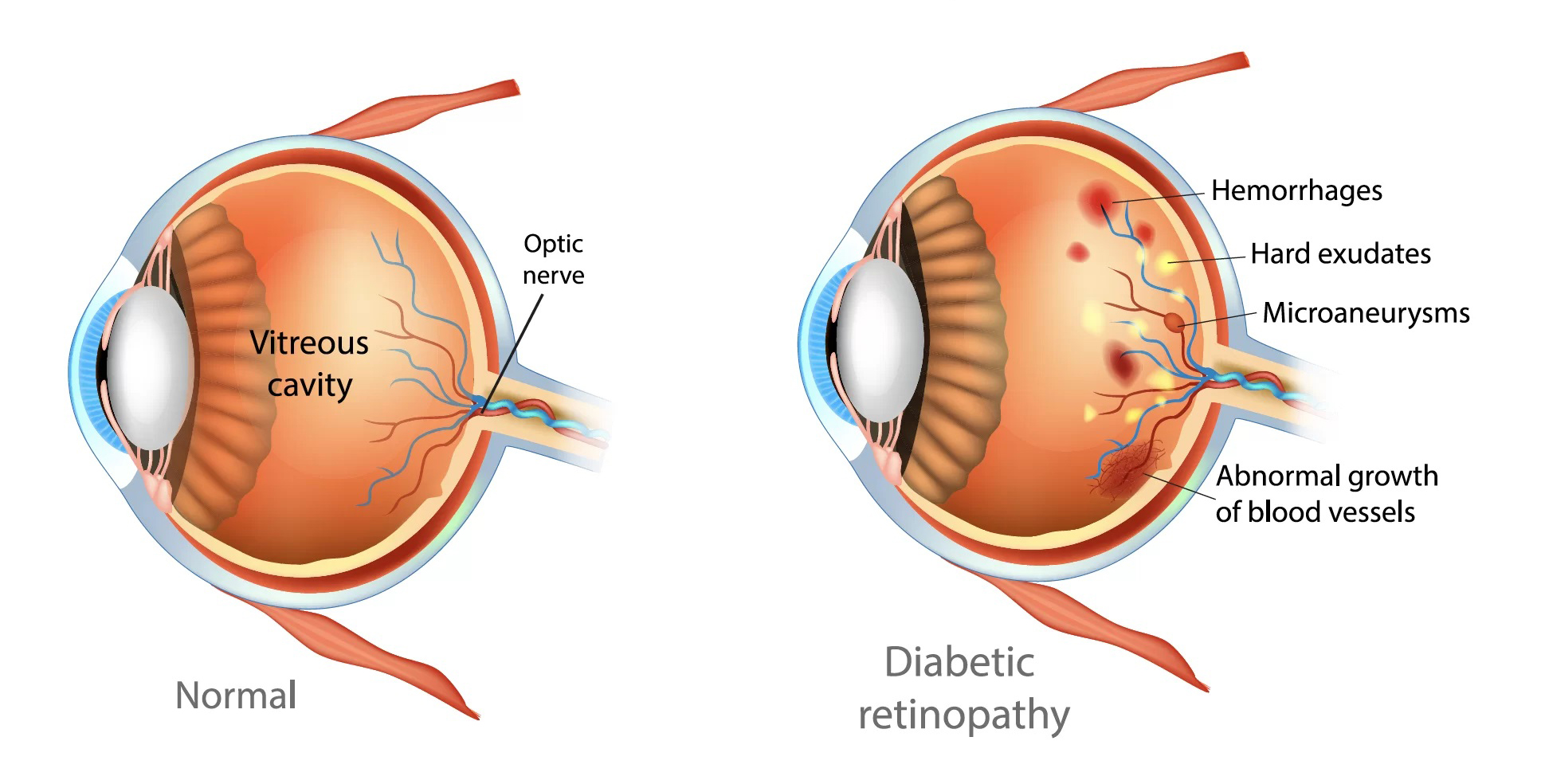
Diabetic retinopathy (die-uh-BET-ik ret-ih-NOP-uh-thee) is a diabetes complication that affects eyes. It's caused by damage to the blood vessels of the light-sensitive tissue at the back of the eye (retina). At first, diabetic retinopathy might cause no symptoms or only mild vision problems.
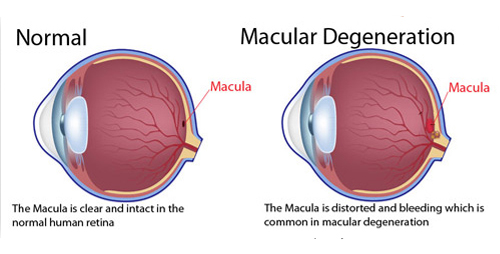
Macular degeneration causes loss in the centre of the field of vision. In dry macular degeneration, the centre of the retina deteriorates. With wet macular degeneration, leaky blood vessels grow under the retina. Blurred vision is a key symptom. A special combination of vitamins and minerals (AREDS formula) may reduce disease progression. Surgery may also be an option.
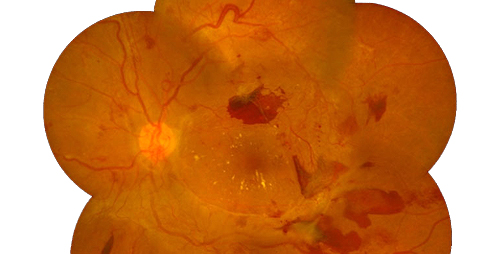
PDR is the more advanced stage of diabetic eye disease. It happens when the retina starts growing new blood vessels. This is called neovascularization. These fragile new vessels often bleed into the vitreous. If they only bleed a little, you might see a few dark floaters.
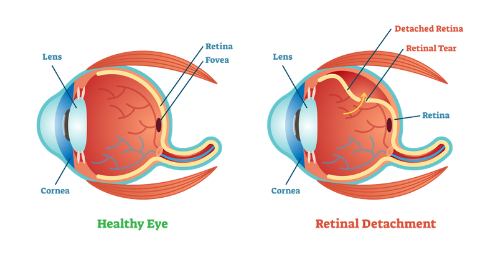
Retinal detachment is an emergency. Tissue at the back of the eye pulls away from a layer of blood vessels that provide necessary oxygen and nourishment. The appearance of many bits of debris (floaters), sudden flashes of light or a shadow in the vision field are symptoms. Prompt medical treatment can often save vision in the eye.
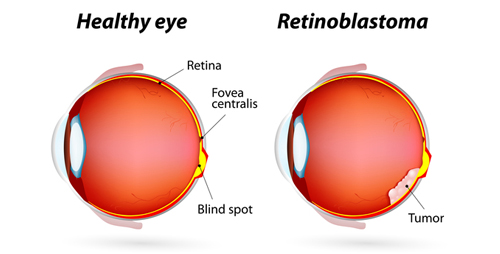
Retinoblastoma is cancer of the retina. The retina is the light-sensitive lining at the back of the eye. During the early stages of a baby's development, retinal eye cells grow very quickly and then stop growing. But in rare cases, 1 or more cells continue to grow and form a cancer called retinoblastoma.
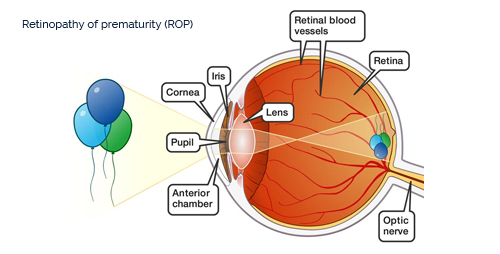
Retinopathy of prematurity (ROP) screening is the eye examination by an ophthalmologist (or eye specialist) to look for any signs of ROP. All babies weighing less than 1501 grams at birth or born more than 8 weeks early will need at least one eye screening examination.
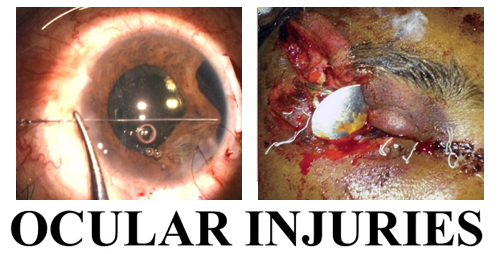
A broad term used to describe a physical or chemical wound to the eye or eye socket. Most commonly, this occurs when something scratches the eye. Exposure of the eye to toxic chemicals or major trauma can cause more severe eye injury. Symptoms vary depending on the type of injury, but may include eye pain, eye redness or discomfort when moving the eye. Treatment varies based on the severity and type of injury. Most cases should be evaluated by a doctor. Chemical injuries require immediate attention.